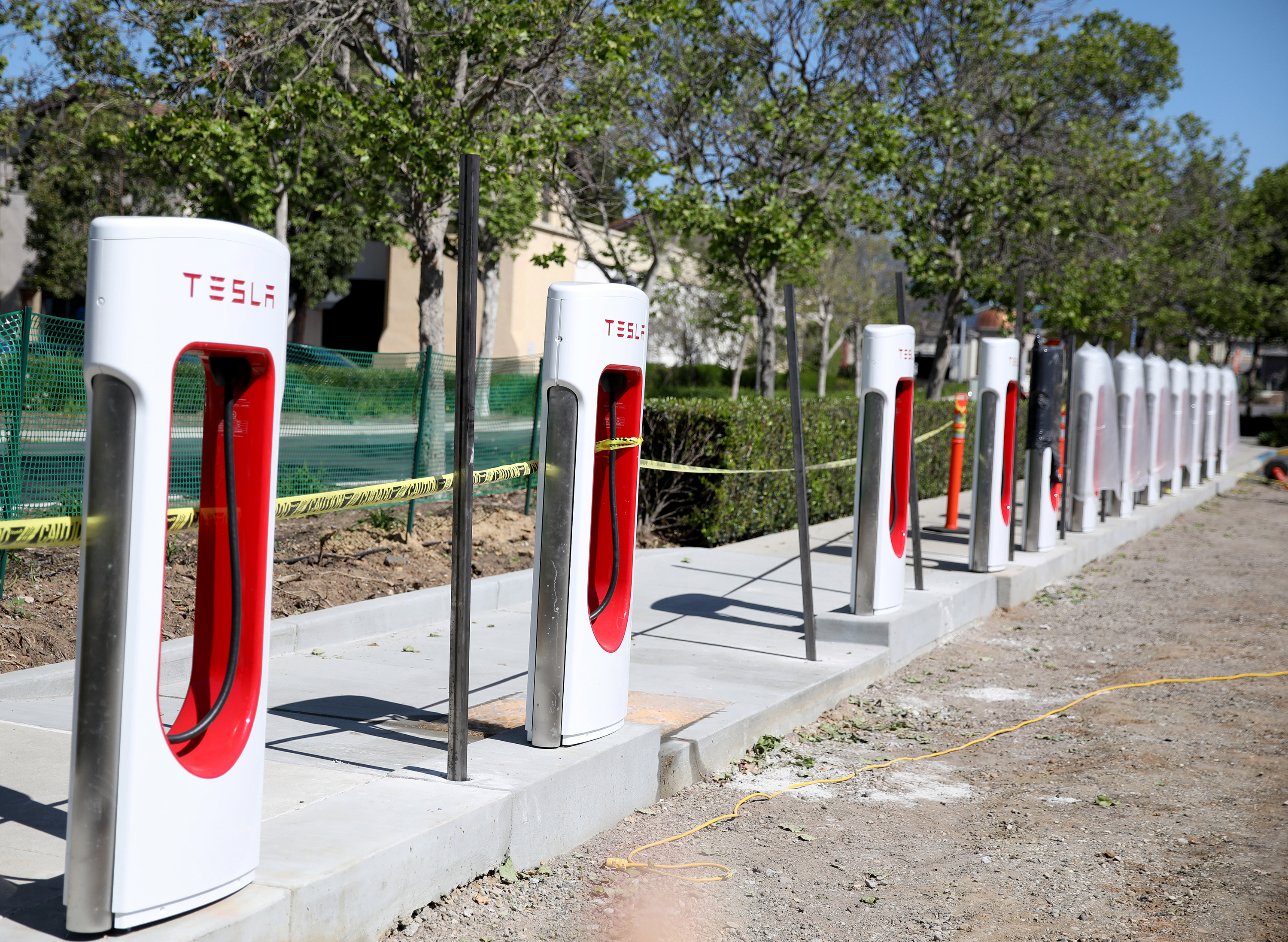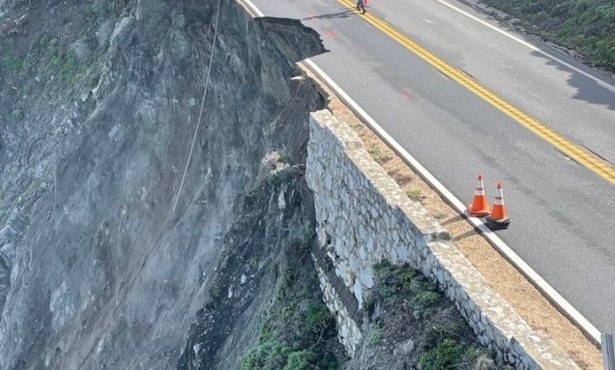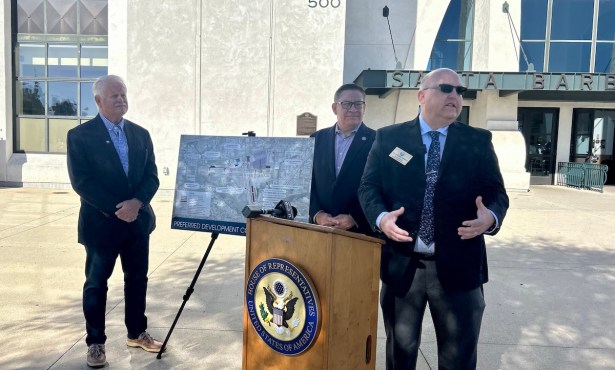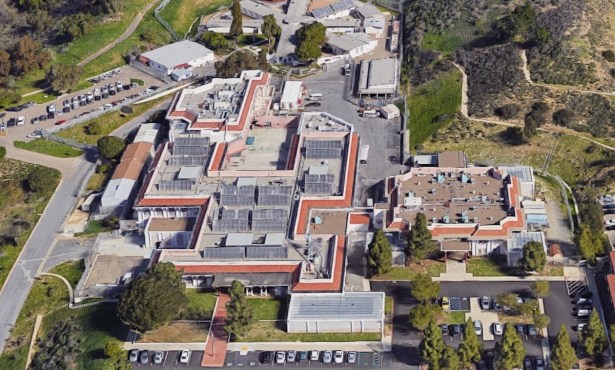Tesla to Help Power Santa Barbara’s Cater Water Treatment Plant
City Council Votes to Accept $3 Million Worth of Storage Batteries for San Roque Facility

At a time when every other car on the South Coast seems to be a Tesla, it’s fitting that the City of Santa Barbara will soon be relying on a small mountain of Tesla storage batteries to help move water in and out of its Cater Water Treatment Plant high atop San Roque Road to customers as far away as Montecito. With precious little fanfare, Santa Barbara’s City Council authorized a chain of events that will eventually result in the installation of 16 Tesla battery packs — valued at $3 million — at the facility.
All those battery packs combined will create a stylishly designed assembly of white metal boxes bearing Tesla’s distinctive corporate monogram that together will be about 60 feet wide, seven feet high, and five feet deep. On a good day, these batteries will be capable of cranking out 700 kilowatts of electricity, which is roughly 70 percent of the total load needed to move the 37 million gallons of treated H2O that go in and out of Cater each day.
Better yet, said Alelia Parenteau, the city’s designated Energy and Climate manager, none of this will cost the city a dime. “It’s totally free,” Parenteau exclaimed.
Get the top stories in your inbox by signing up for our daily newsletter, Indy Today.
Tesla offered to provide the batteries to City Hall as part of a program sponsored by the California Public Utilities Commission (CPUC) to reduce the risk of fire in areas prone to combustion. The Cater plant, located in the wildland urban interface, qualifies as a high-fire-risk infrastructure. The council’s vote will authorize Tesla to submit a $3 million bill to the PUC.
After that, the location of the battery structure will have to go before the city’s Architectural Review Board. Parenteau suggested they’d be screened by some landscaping.
The batteries by themselves can power the plant only for about a day and a half should an emergency shutdown of other energy sources occur. But that’s not the point. The plan is for the batteries to suck in electricity during off-peak hours — noon-4 p.m. — when demand and the cost per kilowatt hour is typically low. The strategy is then for the electric batteries to be discharged during the four hours after 4 p.m., when demand for electricity tends to be much higher, the cost even greater, and the carbon impacts more problematic.
The batteries typically take about five hours to recharge. In an ideal scenario, they’d be recharged with solar-powered photovoltaic cells. Because so much energy is required to pump water, Parenteau explained, one would need far more photovoltaics at Cater than the open space there allows.
Parenteau is the energy manager for a new department just approved by the city council, the Sustainability and Resilience Department. The new department will focus on achieving new energy efficiencies that reduce the city’s carbon footprint, among many other things. The Tesla project will be one of the first, allowing the city to work out “proof of concept,” Parenteau said. “It will give experience with operating a system of this size.”
In the meantime, she noted, she was in the preliminary exploratory stages for creating a similar system at the nearby Laurel Reservoir, where, she said, there might be enough space to install enough solar panels to recharge the batteries.
Every day, the staff of the Santa Barbara Independent works hard to sort out truth from rumor and keep you informed of what’s happening across the entire Santa Barbara community. Now there’s a way to directly enable these efforts. Support the Independent by making a direct contribution or with a subscription to Indy+.



